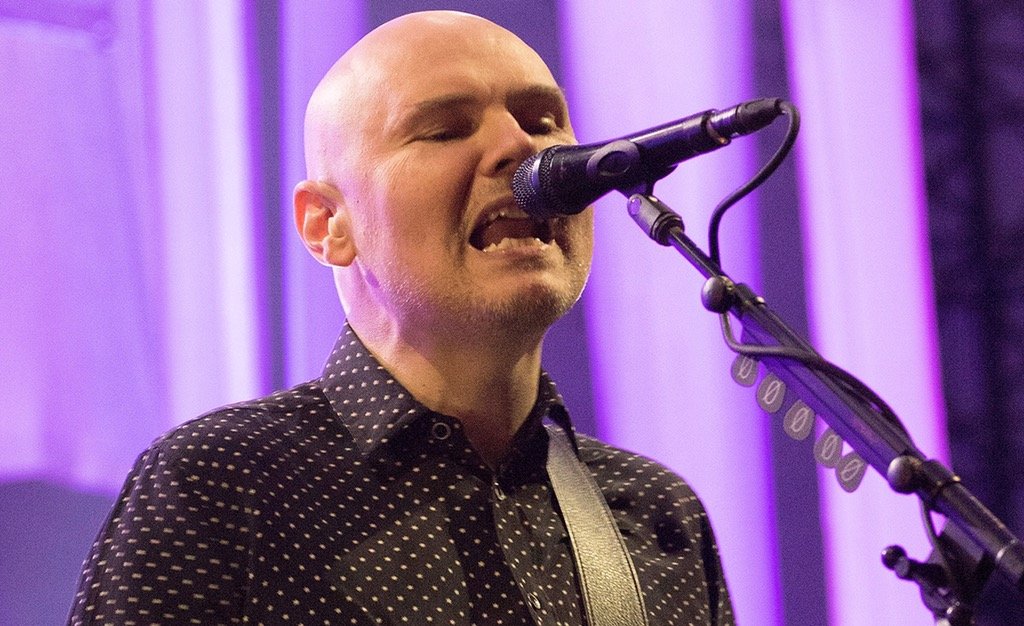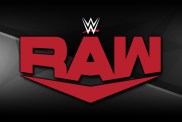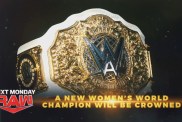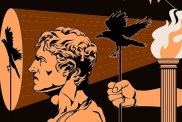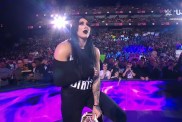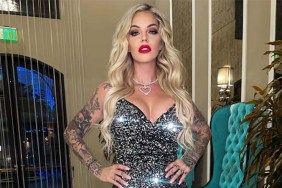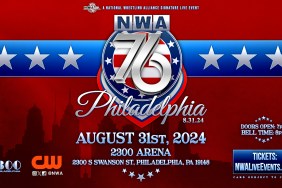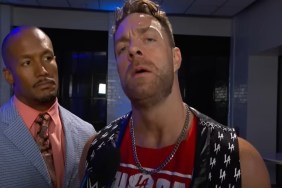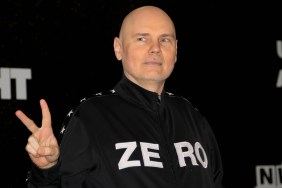With the NWA Crockett Cup commencing this Saturday in Concord, NC, The Charlotte Observer interviewed Billy Corgan. The lead man of the NWA and the Smashing Pumpkins talked about his fandom of wrestling, what he expects for the future of the business and how much the NWA name has impacted the wrestling industry from a historic and present-day standpoint. Quotes are below:
How did you get into this? Did you always have it in the back of your mind that you wanted to do something in pro-wrestling?
Not at all. I was really into it when I was a kid. Around the teenage years, I fell out of it. It wasn’t something I thought I’d ever come back around to. In the late ’90s, I started paying attention to the Attitude era with The Rock and Stone Cold (Steve Austin), and the war between the WWF and WCW. I started going to some of the events, and was allowed to go backstage. I started talking to some of the wrestlers, who were so intellectual about the business.
It seems like Mid-Atlantic and NWA are almost interchangeable in this area, although it was just part of the NWA. What does NWA mean to you now?
You could argue the Mid-Atlantic was not only the most important, but the most influential. It had a lot of what became WCW. It bears mentioning that the McMahons (who own the WWE) were part of the NWA. What a normal fan constitutes as pro wrestling stems from what the NWA built. If you want to own something that has history, the NWA was the only thing that you could point to. Yet it was so devalued in the marketplace. It was both a restoration project and it tied together all that history under one roof. A history that is distinct from what is the hegemony of the WWE. The NWA allows me to tread into the historical.
Tell me about bringing back The Crockett Cup.
We went very respectfully to the Crockett Family and asked, “Would you support us doing this?” We don’t own that, but it’s important to the NWA’s history, especially to a more modern fan. I’m excited to be coming back to the spiritual home of this event.
Where do you see the NWA heading?
It has a lot to do with the changes in the marketplace. If you look at what Marvel was valued at in the ’90s before the comic book movie craze kicked in — wrestling is similar. There’s a deep lineage, and a contentious fan base. Wrestling fans are some of the most engaged (people) on the internet. That’s playing into wrestling’s hands. Having the IP of NWA, you have a destination and a continual content driver. Wrestling is cheaper to produce than network TV. Changes in the business in the ’40s, ’50s and late ’60s (and beyond) always coincided with TV viewership.
Where do you see the industry heading overall?
Every day it’s a moving landscape as to who is setting the agenda. You have money being thrown around and opinions as to what’s going to be the future and what fans want to see. Wrestling was like the circus 40 years ago. The big attractions were the Andre the Giants. I was just at Wrestlemania, and the biggest match of the night was Kofi Kingston and Daniel Bryan, two six-foot guys. It’s more about the ability to tell a story in the ring as opposed to the giants of the earth.
